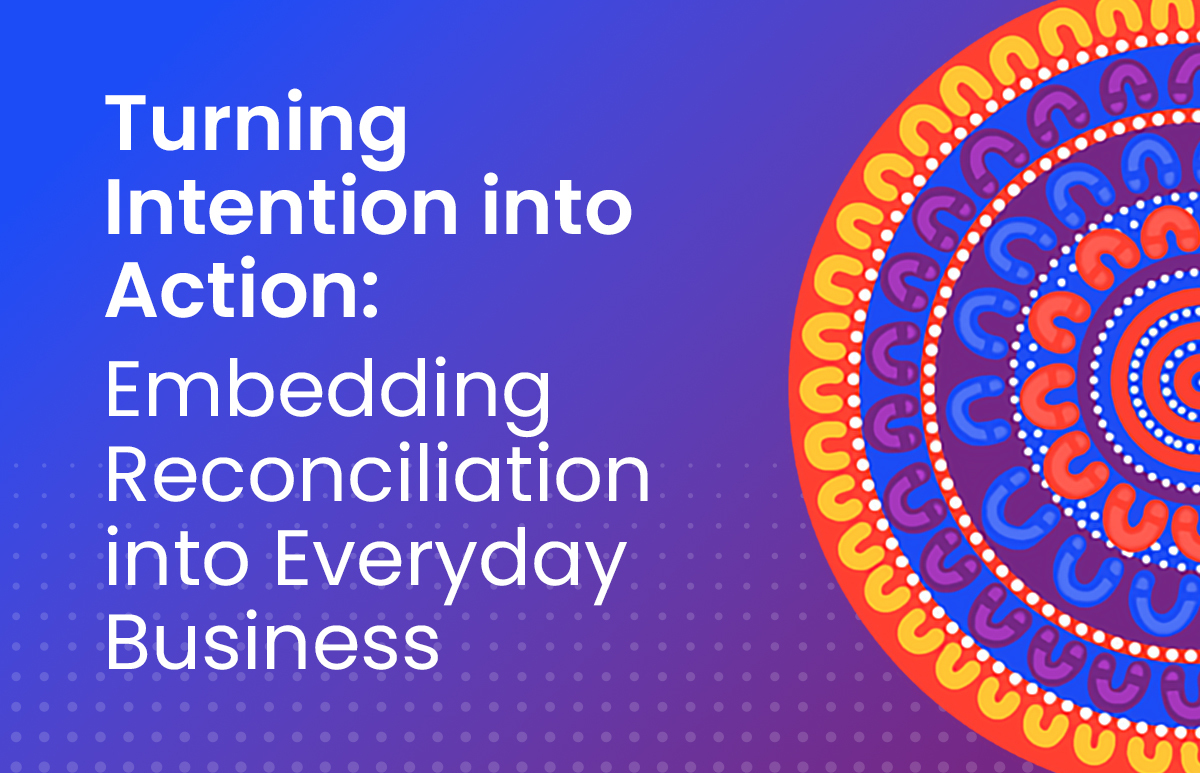What is Employee Engagement?

Disengaged employees cost organisations millions of dollars in lost productivity and revenue every year. And since COVID-19 has caused a great deal of hardship for businesses, such loss cannot be afforded. Managers can turn this around by using cost-effective strategies to motivate workers to put more effort into their jobs and contribute to the success of the business.
Tardiness; sloppy work; self-imposed isolation; frequent breaks…these are some of the signs that suggest an employee has lost interest in their work.
Too many businesses are wasting precious resources on disengaged employees, but often employers are not doing enough to enthuse their workers and motivate them to remain proactive. This is problematic because dealing with staff turnover – while unavoidable – is time-consuming, costly and increases the workload of an already overstretched HR department.
It is crucial that, especially during the pandemic period and beyond, staff are productive and achieving high levels of performance, so that an organisation can maintain momentum and reach its full potential.
In this article:
- What is employee engagement (definition)?
- How important is employee engagement to the success of an organisation?
- Employee engagement (Australia and New Zealand)
What is employee engagement
Employee engagement (aka staff engagement) represents the level of dedication that an employee shows towards the organisation and its objectives – as reflected in their attitude and contribution to the workflow. It is a measure of their psychological investment in the business, as well as how happy and satisfied they are in their day-to-day role.
Management consulting company Gallup uses three categories to describe staff involvement.
The Gallup employee engagement model:
- Engaged: Passionate workers who are driven by their own goals, but also care about honouring workplace values and helping their employer to succeed. They’re enthusiastic about their role in the workplace and help to move the organisation forward.
- Not engaged: Team members who put time into their jobs but without energy or passion because their work isn’t stimulating enough or isn’t meeting their needs.
- Actively disengaged: People who experience no job satisfaction and show they’re unhappy at work. Their actions can undermine the achievements of their coworkers.
“Happy employees tend to be more engaged, loyal, creative and productive than their less-satisfied counterparts. Creating a positive culture that engages employees and boosts satisfaction levels enables companies to remain competitive and directly impacts the bottom line.” David Jones, Senior Managing Director at Robert Half Asia Pacific.
How important is employee engagement
The success of a business often depends on how dedicated its workforce is. Organisations tend to lose productivity and revenue when staff lack motivation and enthusiasm for their roles.
Even before COVID-19 became a reality, low employee engagement was a problem in Australia and New Zealand. According to ELMO’s HR Industry Benchmark Survey in 2019, 19% of business in A/NZ said it was one of the top 3 challenges they would face over the following 12 month period.
Employee disengagement represents wasted potential, which often leads to high staff turnover and poor business performance, and this outcome disappoints customers and stakeholders alike. Businesses with vigilant and satisfied workers, on the other hand, tend to perform strongly.
The figures speak for themselves. Organisations with the highest employee satisfaction and commitment levels are 17% more productive and 21% more profitable than those in the bottom quartile, according to a Gallup State of the Workplace report.
The benefits of staff engagement
- Employees take initiative because they love their jobs
- Positive morale and harmony in the workplace
- Higher revenue
- Lower turnover rates
- Satisfied consumers and shareholders
- Managers feel confident, relaxed and respected by hard-working staff
Jacob Morgan, author of The Employee Experience Advantage, had similar findings. He discovered the most successful organisations focus on improving the cultural, technological and physical experience of their employees – to create a workplace where people want to work.
“When I interviewed business leaders at the top-scoring organisations, they told me their investments in the three employee experience environments had led not only to happier employees but also to larger talent pipelines and greater profitability and productivity.”
He also noticed that organisations that prioritise employee engagement had a higher chance of being
displayed on multiple “best of” lists. For example, these businesses were 28 times more likely to be featured on Fast Company’s list of Most Innovative Companies, compared to those that don’t focus on building satisfaction levels.
Employee engagement (Australia and New Zealand)

Australians and New Zealanders have a reputation for their “can-do” attitude, but this positivity doesn’t translate to job satisfaction, unfortunately.
The majority of workers in Australia and New Zealand don’t find their roles stimulating enough to perform their best. Another 15% are so disinterested that their actions could be causing more harm than good.
Only 14% of workers enthusiastically contribute to the success of the organisation that hires them, which isn’t enough to create a high-performing culture.
Of course, these numbers refer to a time before COVID-19.
COVID-19 has caused huge changes in workplace practices, which have forced employees to adapt to a new world of work. The most notable change for so many was the sudden shift from office-based working to remote working. This change meant employees had to become more self-sufficient; they had to self-motivate themselves more than ever before. Managers had to adapt communication and feedback for remote work, with increased demand for frequent check-ins. Managers have had to find creative online opportunities for social interactions amongst their team members. Some have succeeded with these various changes; others have not.
This era of remote working has undoubtedly altered employee engagement levels. Remote work boosts productivity and satisfaction for A/NZ workers, thanks to flexibility and time saved by ditching the commute.
In fact, the annual IWG Global Workspace Survey (2019), found that 85% of employers experienced an increase in productivity as result of greater flexibility. However, the troubling circumstances of COVID-19 would now most likely influence this consensus.
So, what can managers do to ensure more of their workforce sits in the “engaged in their work” group, both during and beyond the pandemic? Fortunately, there are steps to improve employee engagement which are outlined in the following sections of this guide.
Read how employee satisfaction rates in Australia and New Zealand compare to global averages.
Discover the causes of employee disengagement too.
 HR Core
HR Core 









